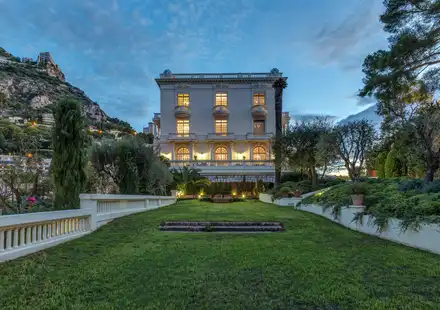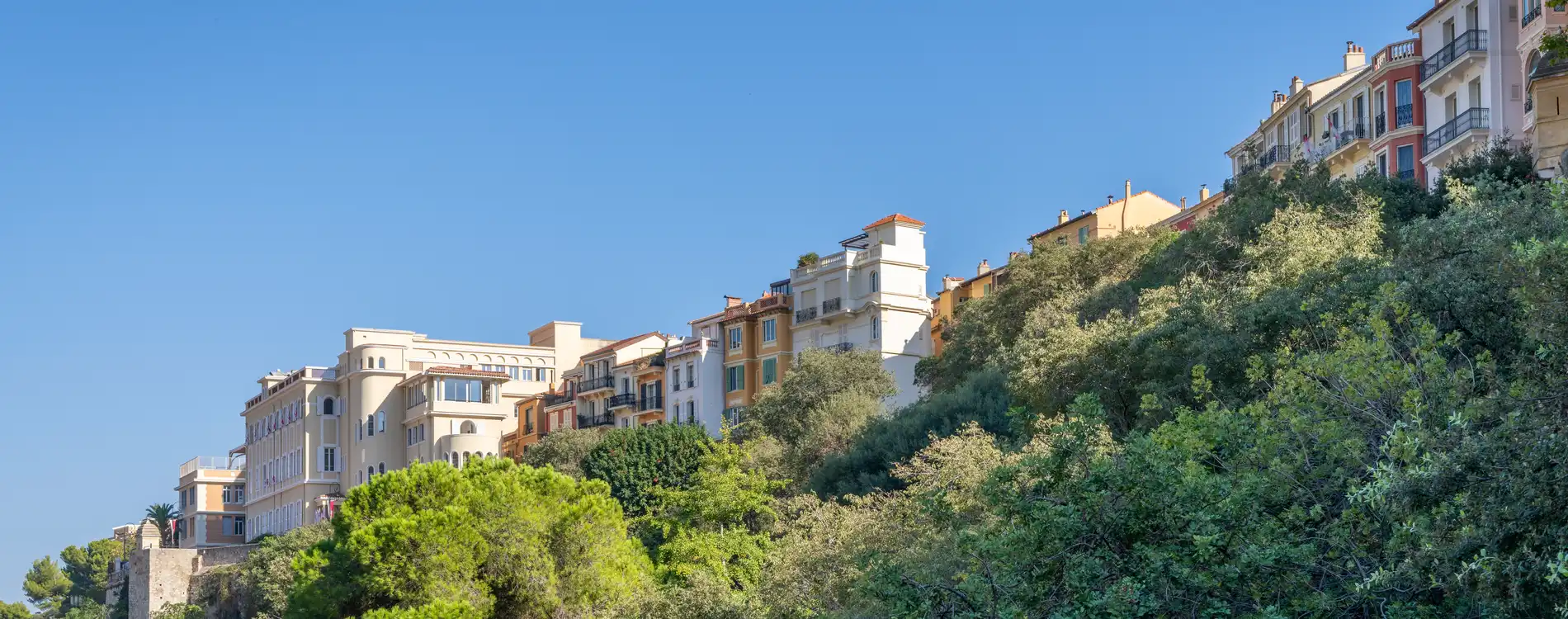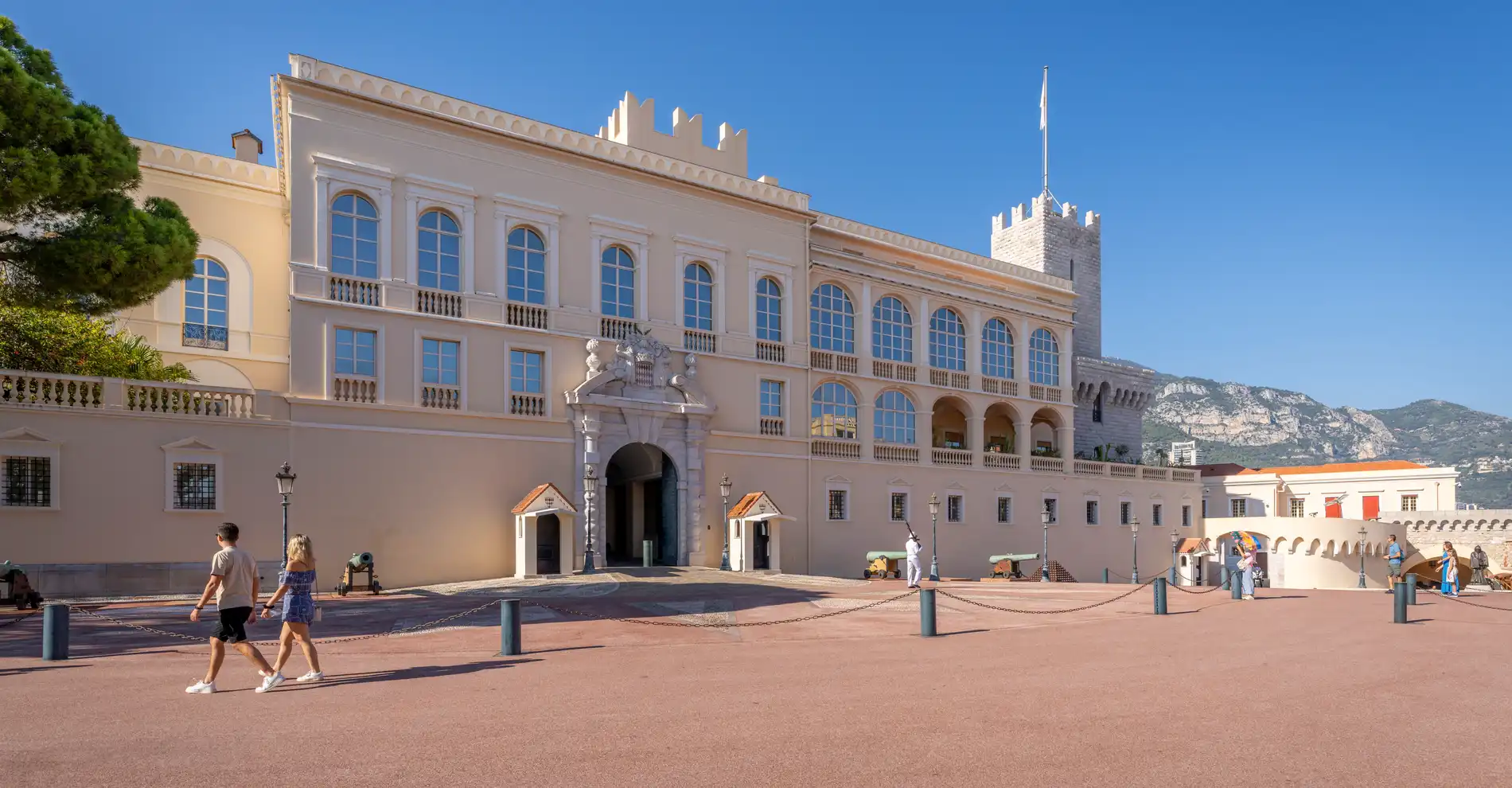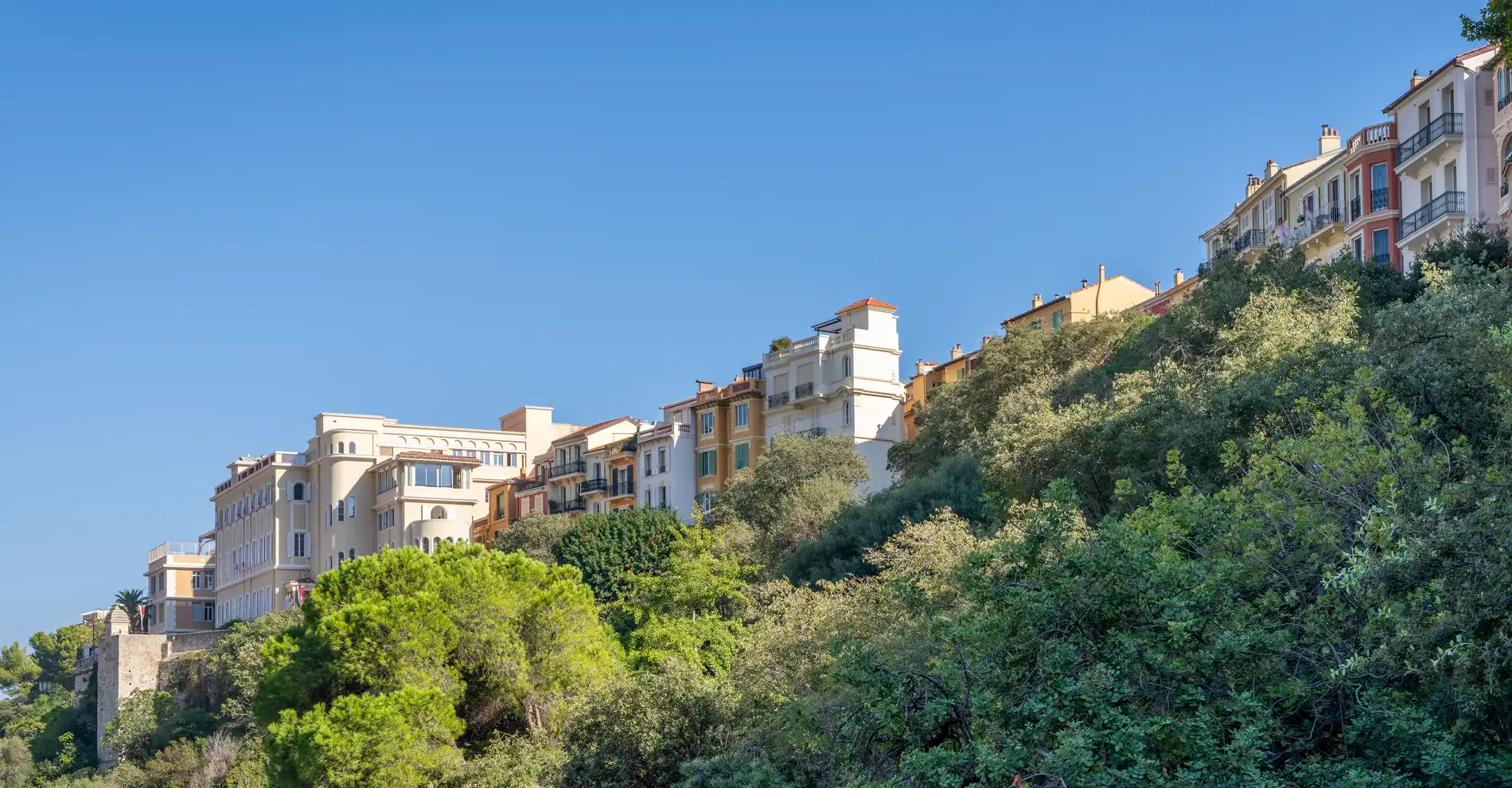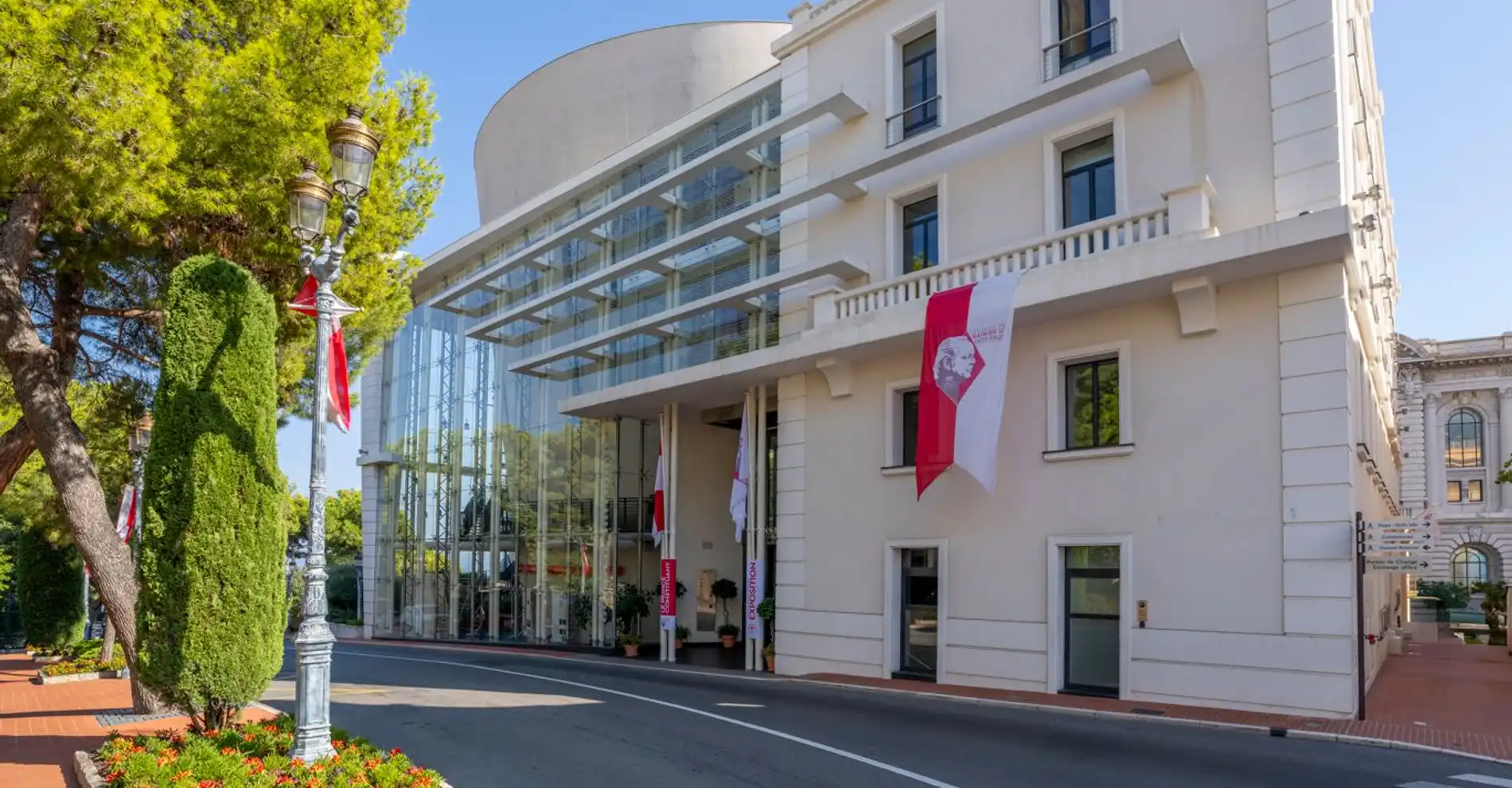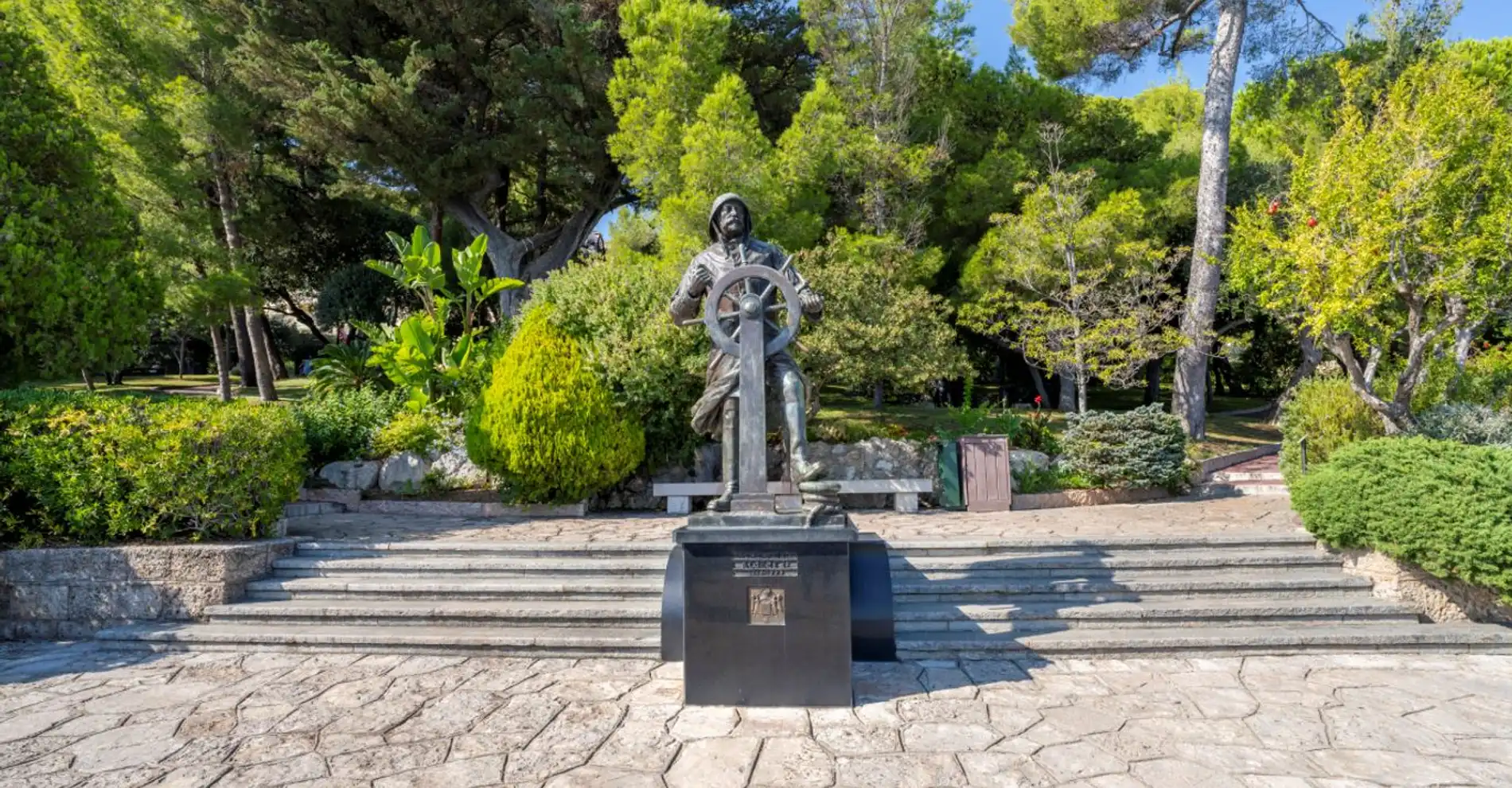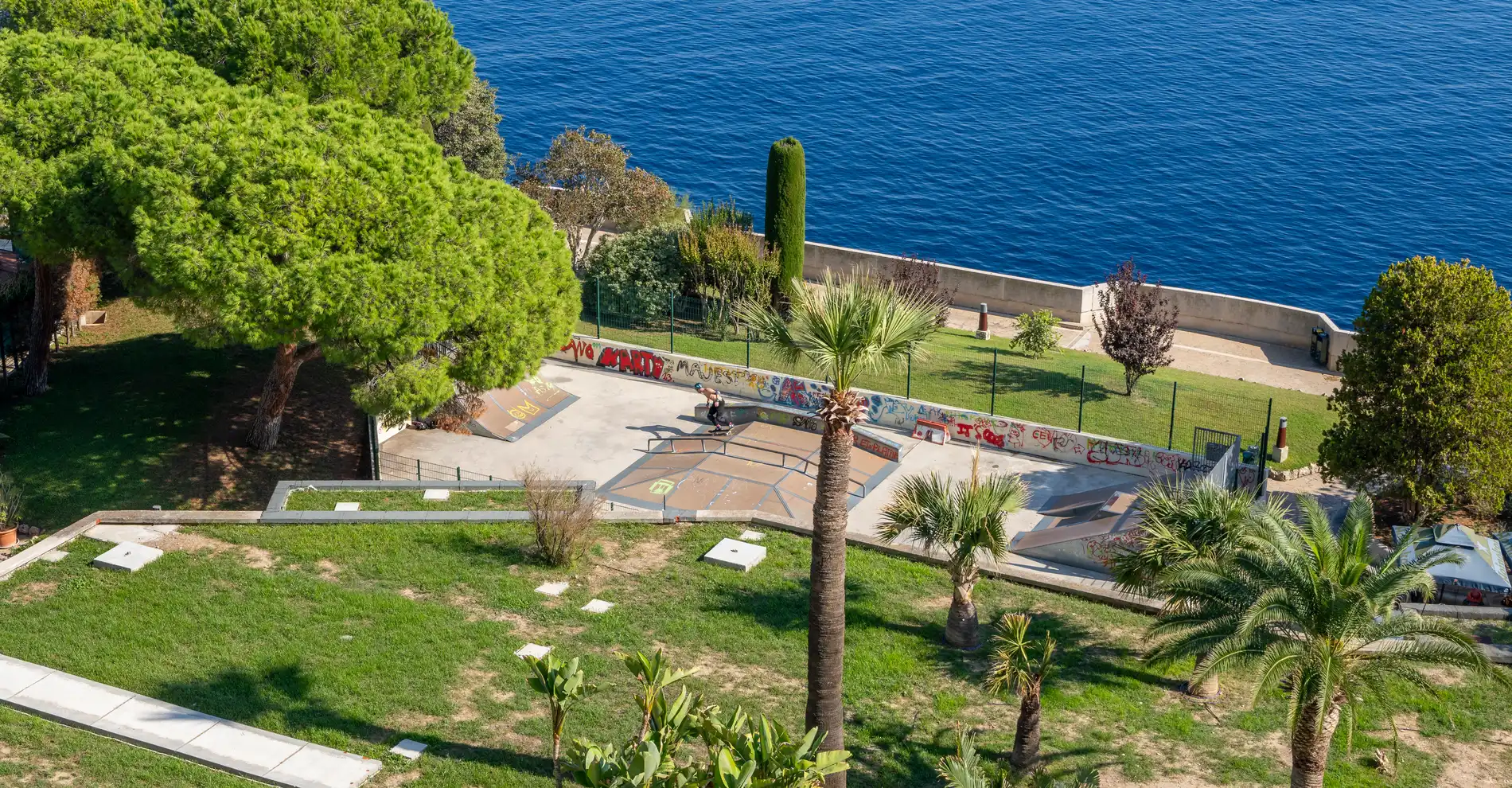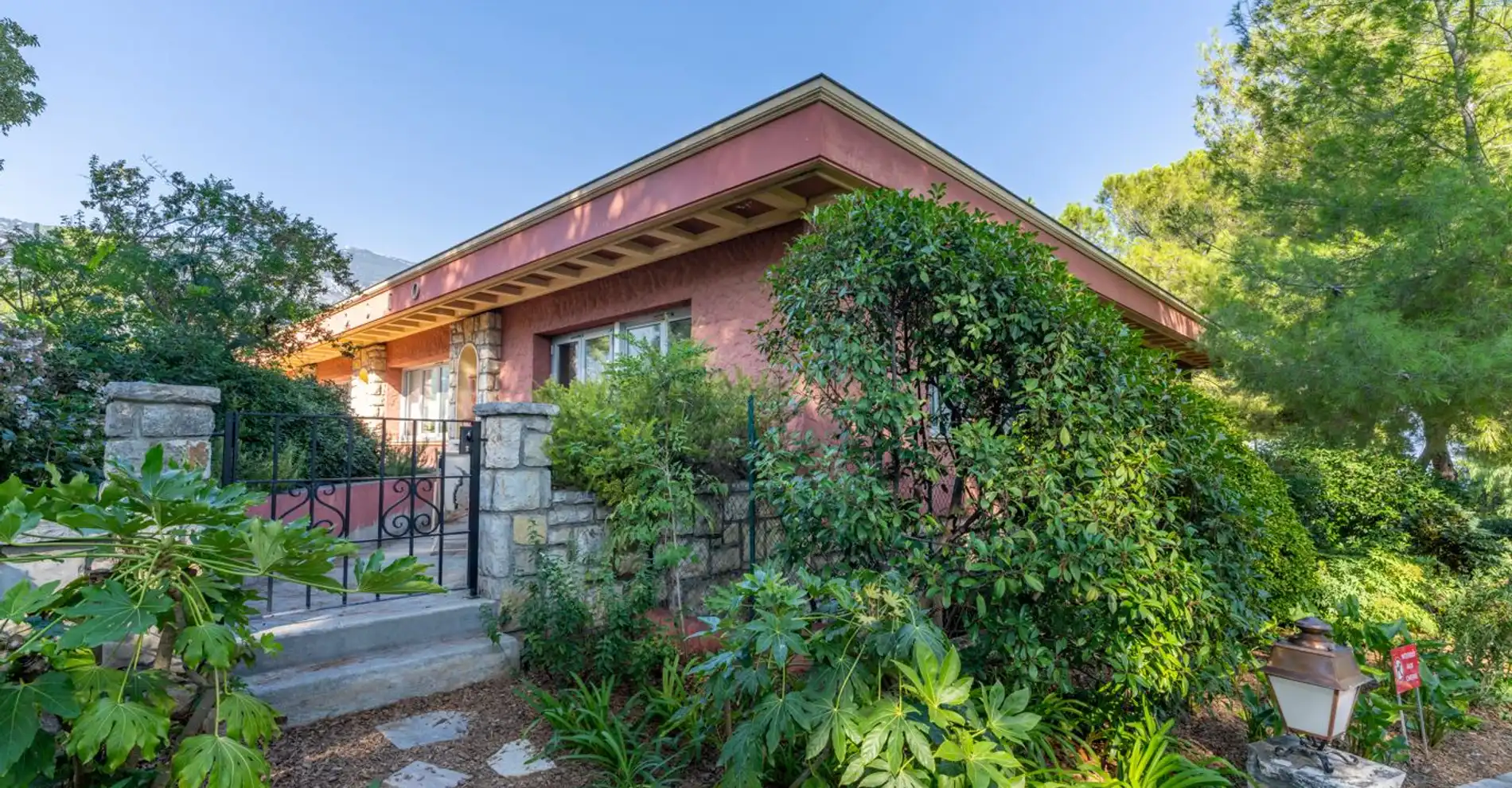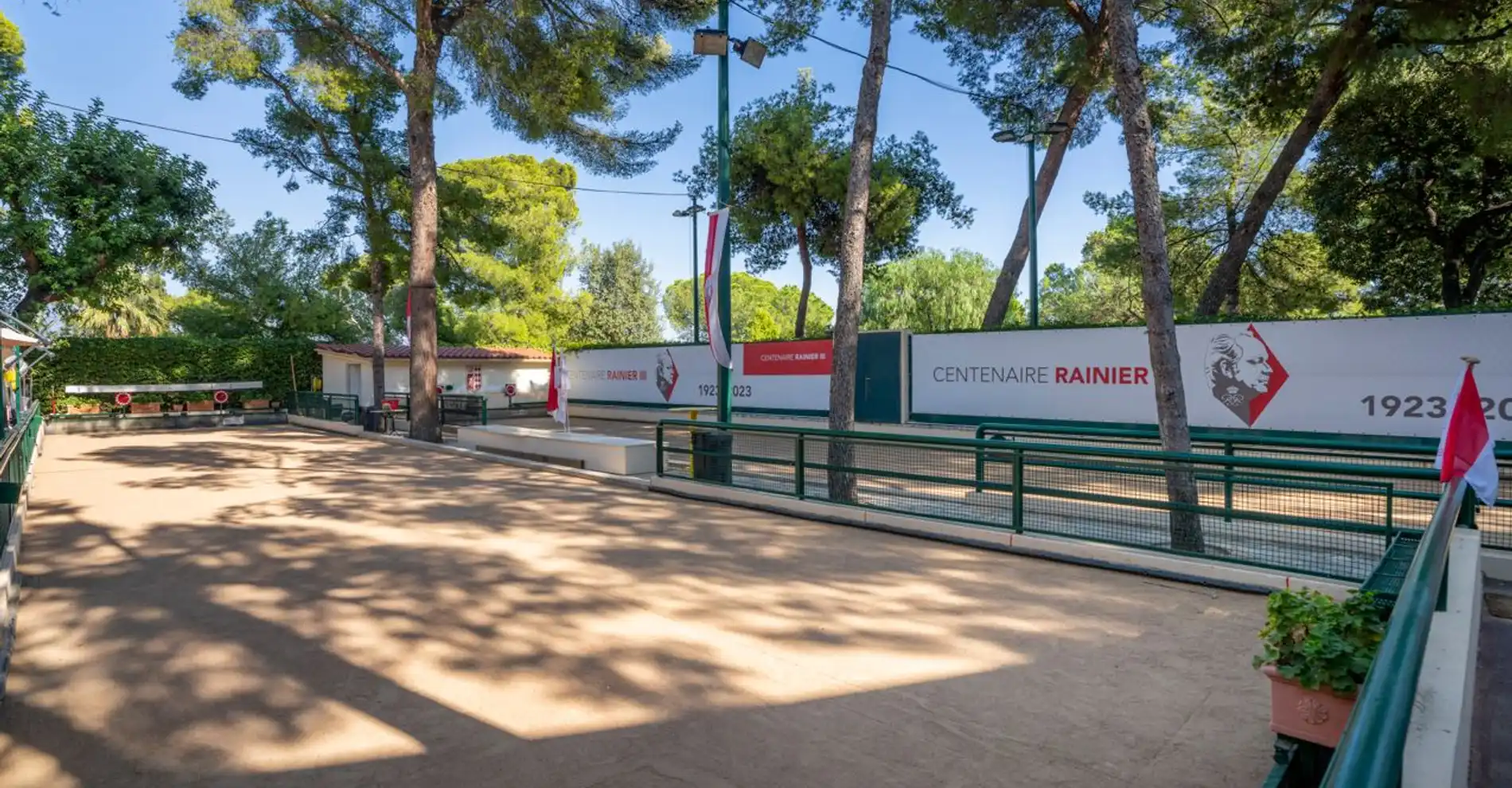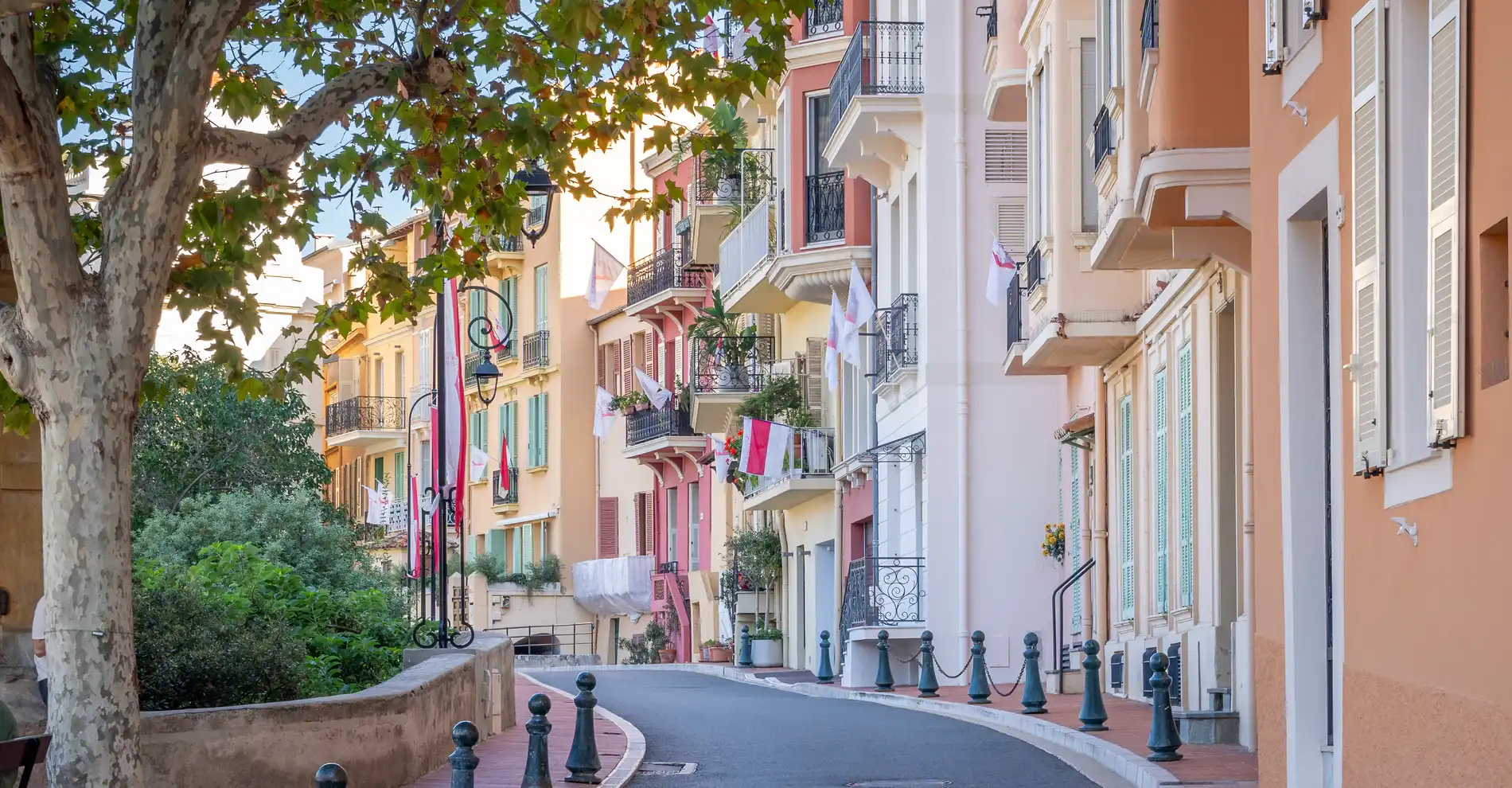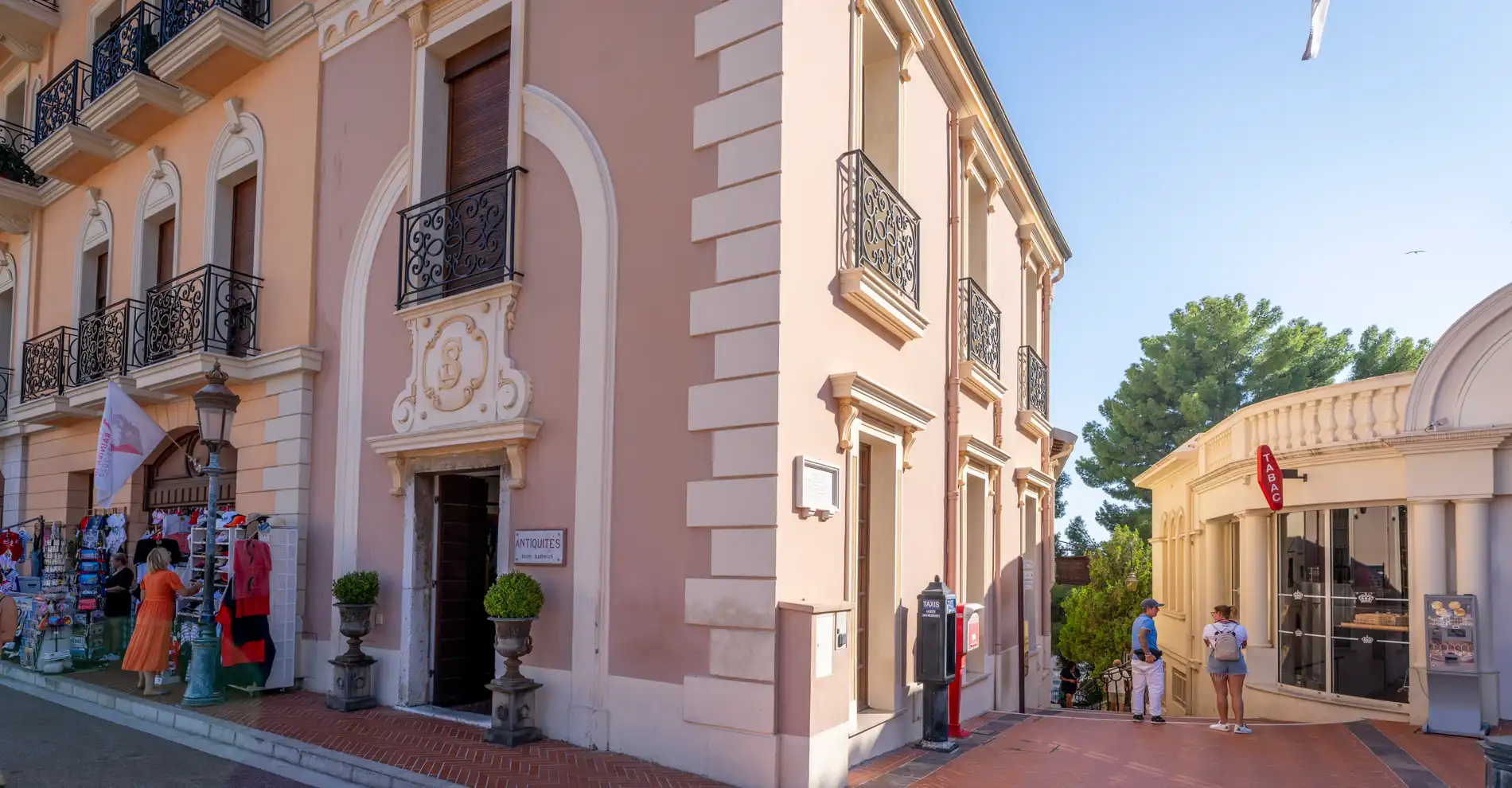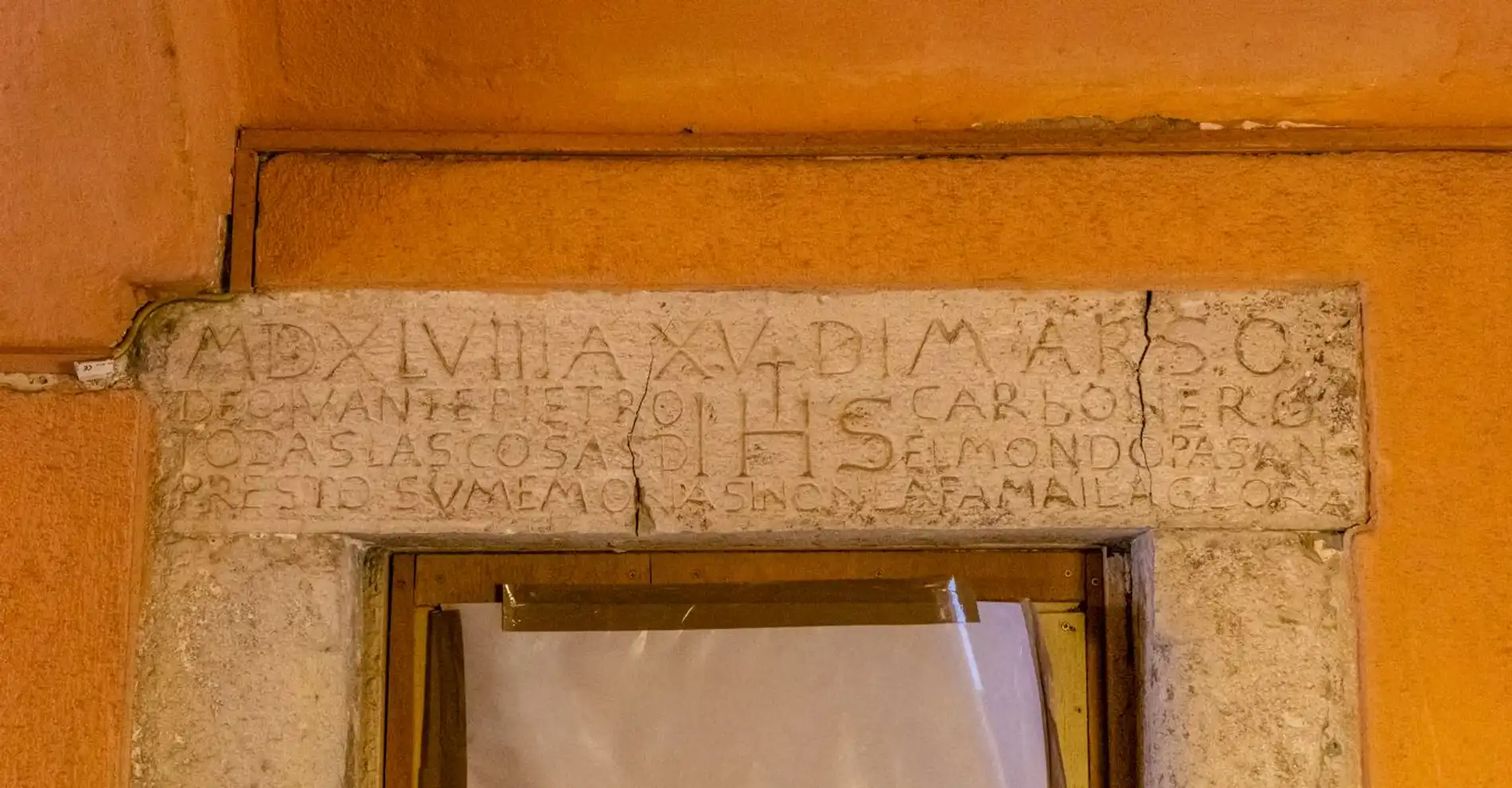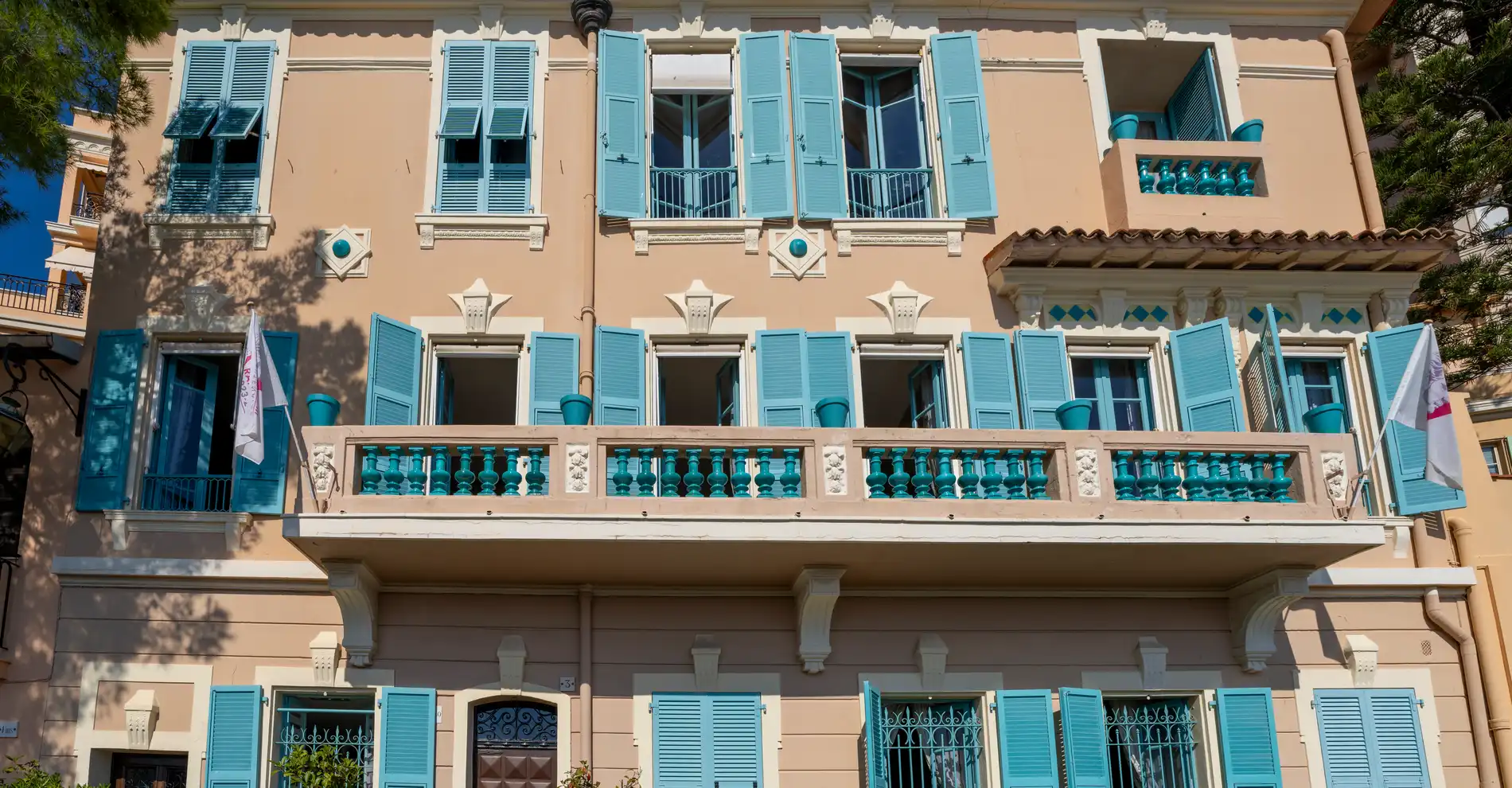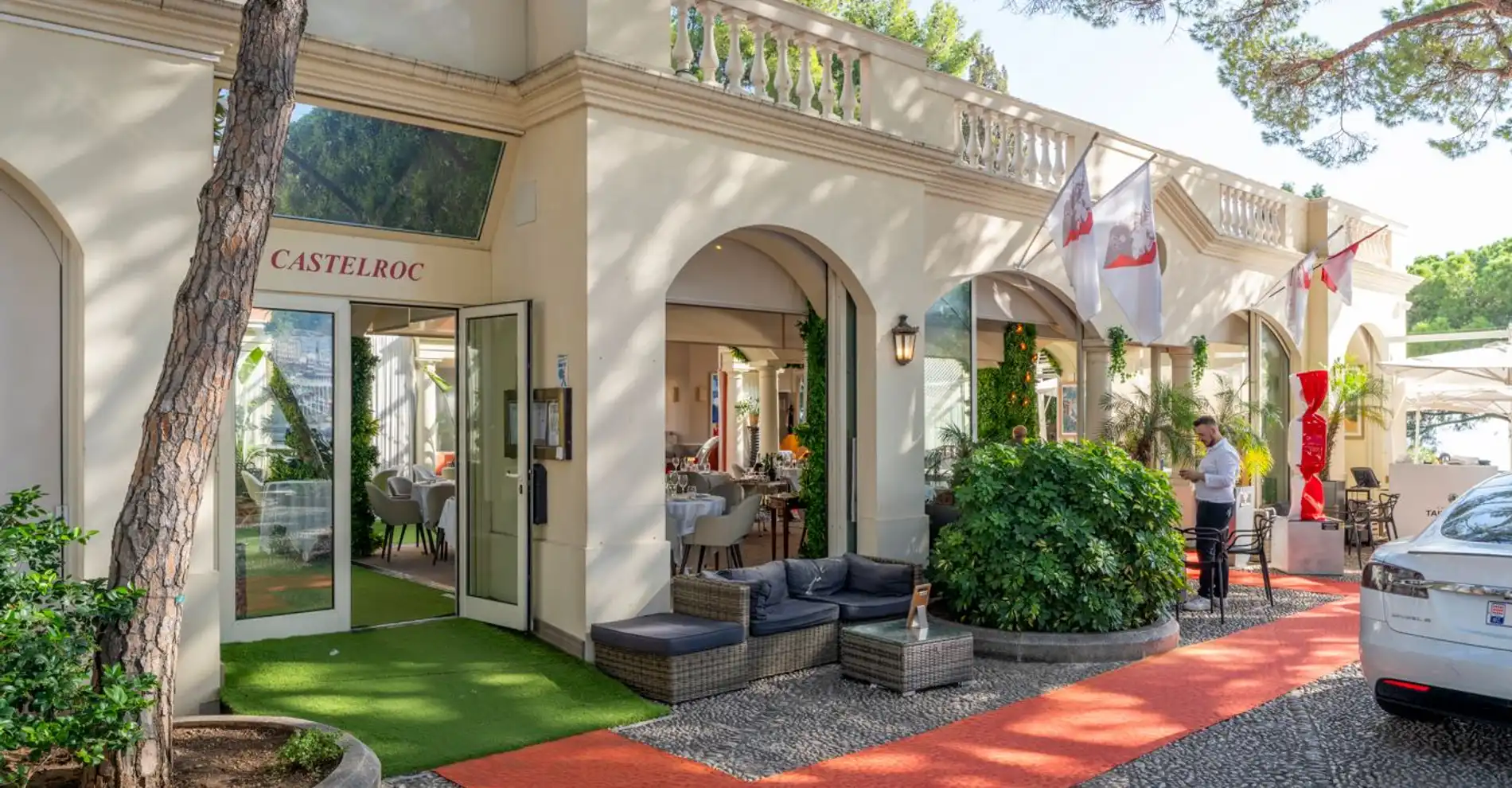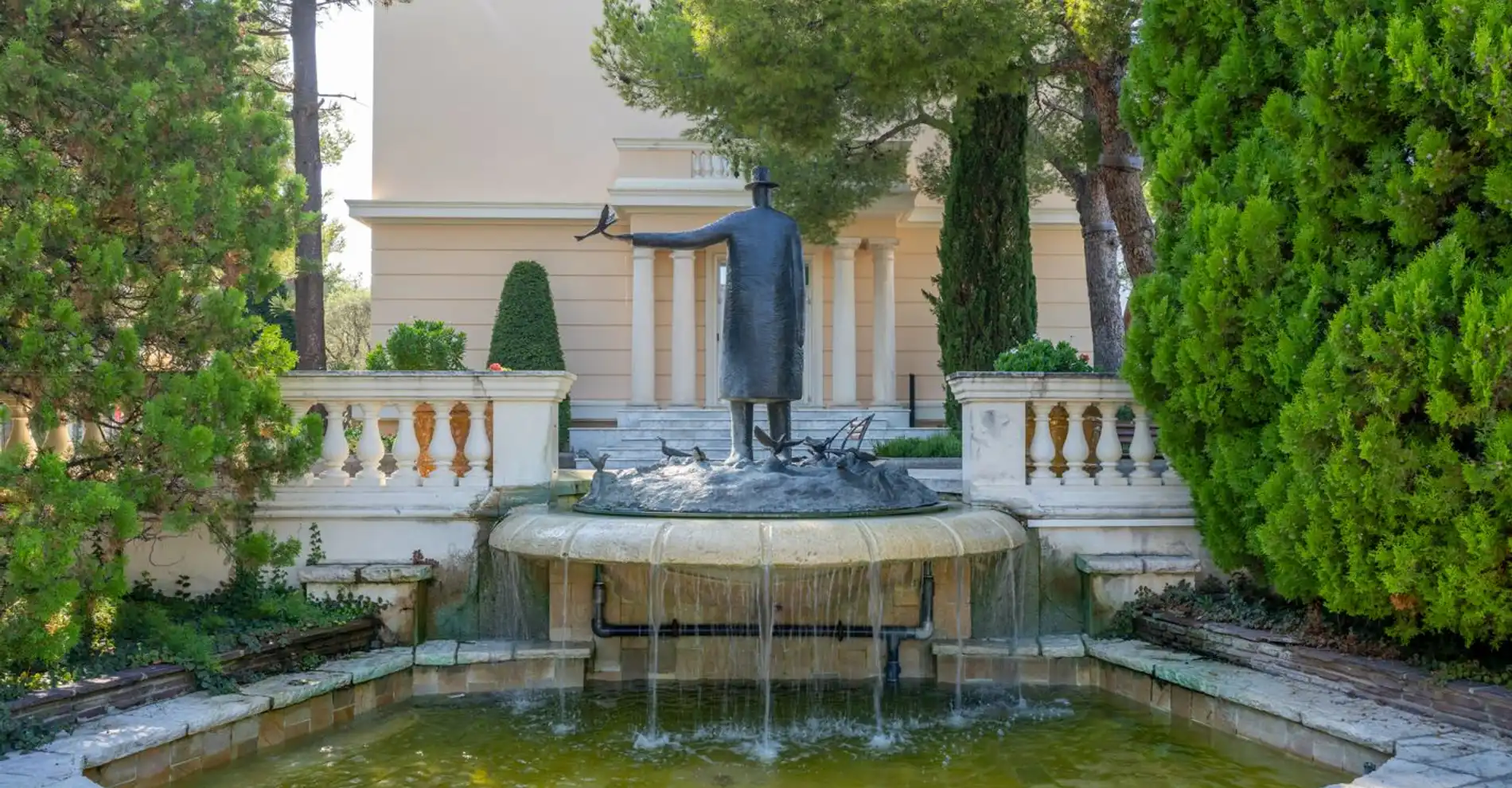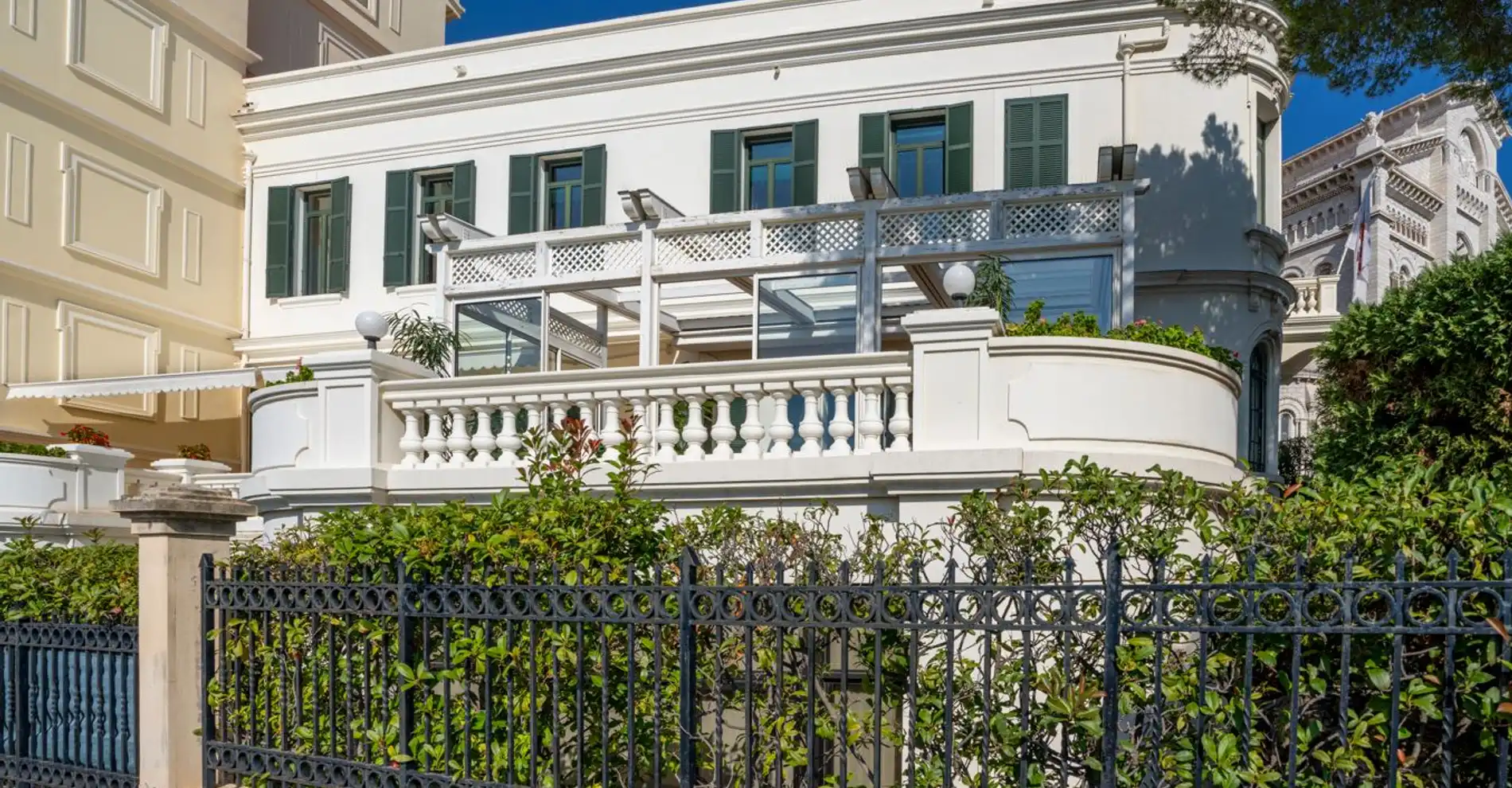Published on January 19, 2024Updated on September 09, 2024
On a sunny October afternoon so typical of the Principality, we set off to discover the treasures of Monaco-Ville, the district known the world over as ‘the Rock’. Our guide is none other than Guillaume Rose, National Councillor and President of the Commission for Culture and Heritage.
From the Prince's Palace to the Oceanographic Museum
We start at the focal point, the Place du Palais of course. An emblematic monument and home to the princely family, the Prince’s Palace of Monaco is well worth a visit in itself! After admiring the view from the ramparts, we set off for a stroll from this square, first along the ruelle Sainte-Barbe along the south-eastern crest of the Rock. A unique alleyway, with no vehicles or shops.
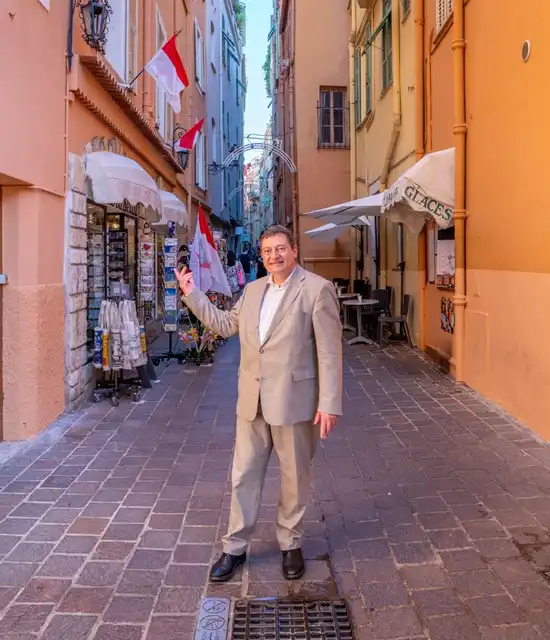
WHAT TO SEE: At number 3, the Palazzino, "the most beautiful view ever" according to our guide. The sheer slope with its view over the Mediterranean, with the port and the Fontvieille district advancing out into the sea, is breathtaking. A brick watchtower clinging to the ramparts is a discreet reminder of the Principality's military past.
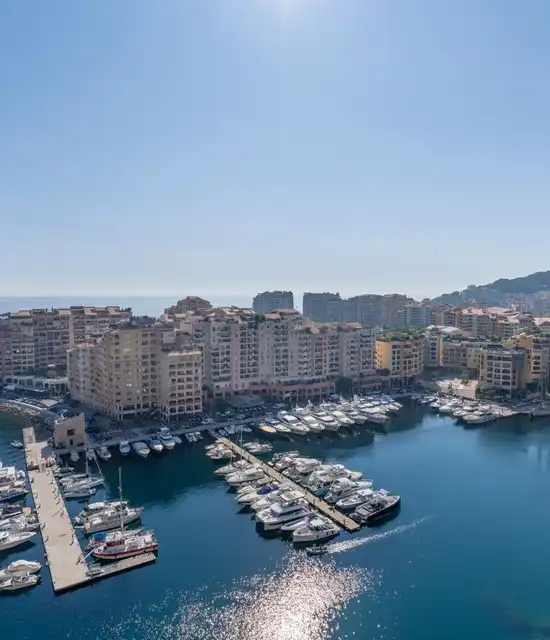
“Honour, loyalty, dedication”
Every day, the Place du Palais plays host to an unchanging ceremony at precisely 11.55am: the Changing of the Guard. Wearing white uniforms in summer and black in winter, the Prince's Carabinieri perform this meticulous military ritual to mark the start of a new 24-hour guard period. Since 1917, the Carabinieri have guarded the Palace and ensured the safety of H.S.H. the Sovereign Prince and his family.
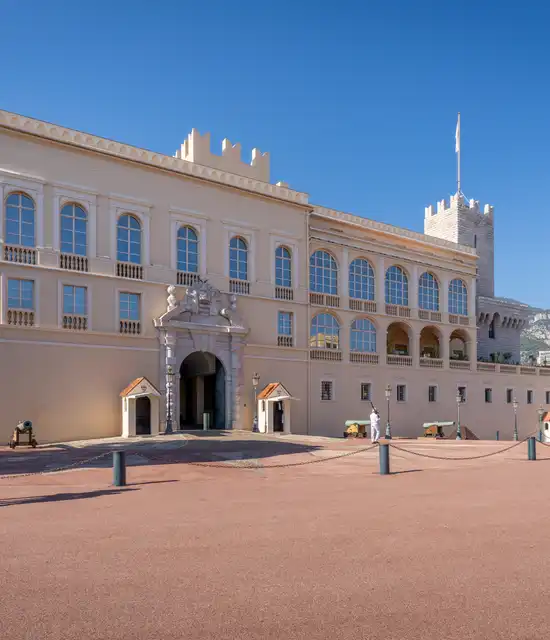
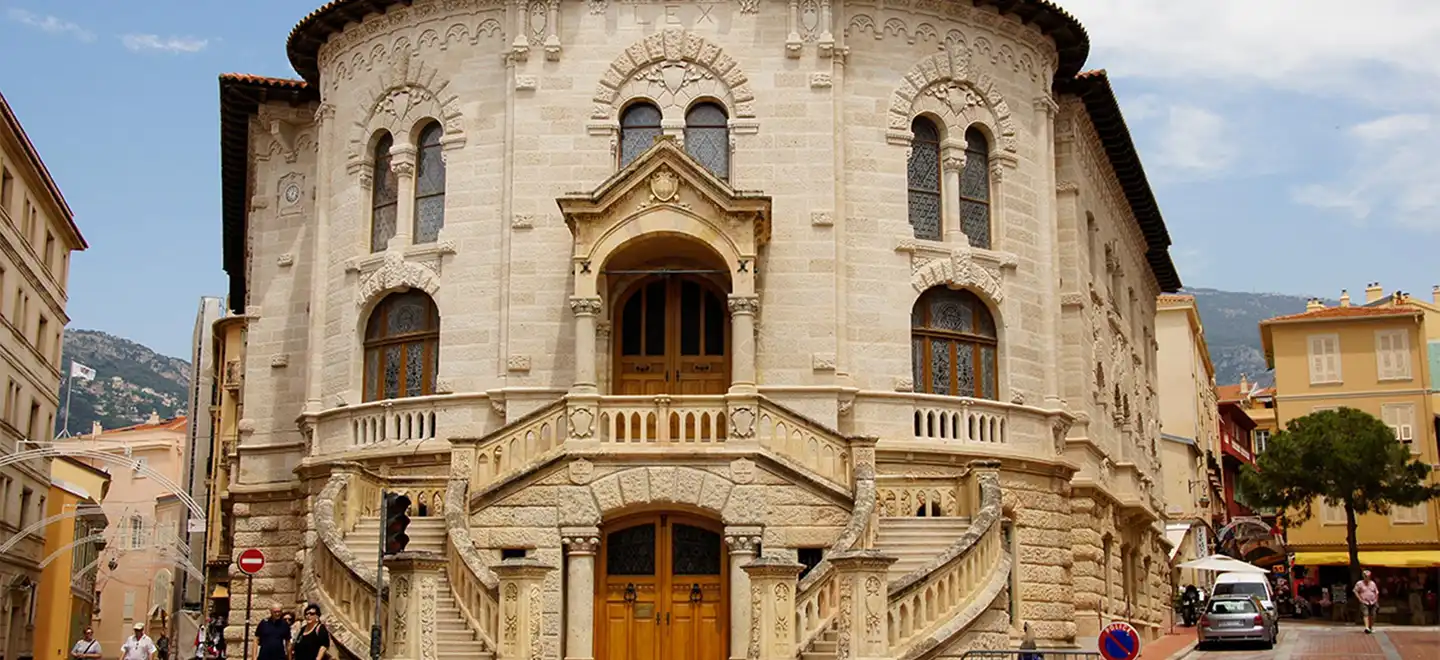
We pass the former building of the National Council of Monaco, now the headquarters of the Supreme Court. At the very top, you can see the hemicycle where the national councillors used to sit.
A quick aside about Monaco's institutions
In Monaco, the Prince is of course the sovereign. The government is headed by the Minister of State, appointed by the Prince from a list of names hitherto supplied by France. The National Council is the only constituent chamber, occupied by national councillors (including Guillaume Rose) elected by direct universal suffrage.
After passing the cathedral, at the end of the lane, we enter Saint-Martin gardens, a pine forest setting perfect for meditation in the shade of a hundred-year-old tree... or for a romantic stroll: "It's the place to bring your loved one!" laughs Guillaume Rose. Prince Honoré V commissioned its creation in the 1800s, making it Monaco's oldest public garden. Then Albert I commissioned the arrival of exotic species from all over the world. Mr Rose adds: "Every time a head of state gives a rare species to H.S.H. Prince Albert, it can be planted in this park."
WHAT YOU NEED TO KNOW: Today, every 9 August, the gardens of Saint-Martin host the festivities of Saint-Roman, the Principality's second patron saint after Sainte-Dévote.
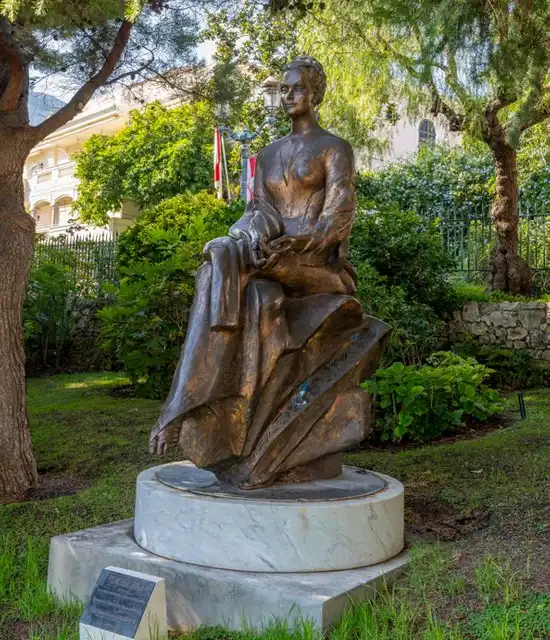
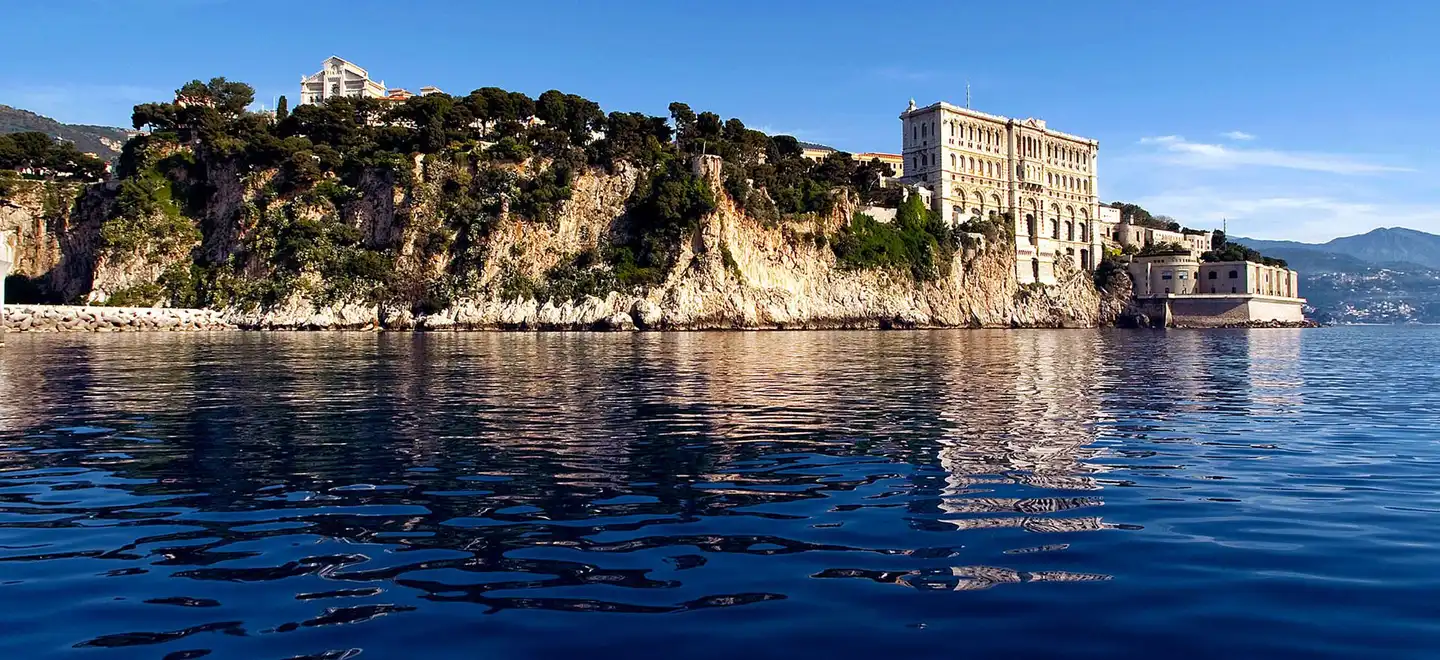
WHAT TO SEE: It's on the promontory, near the statue of Prince Albert I, that you absolutely must take a souvenir photo. The view of the sea, the Oceanographic Museum clinging to the cliff, the Monegasque coast... Sublime.
The Rock, the institutional heart of the Principality
Turning our backs on the beautiful blue sea, we make our way up towards the town, passing the back of the town hall. Here we are "at the heart of Monegasque education", in front of the Albert I public secondary school situated on Place de la Visitation. Opposite the academic building stands the Oceanographic Museum: inaugurated in 1910, it is one of the most imposing monuments on the Rock. Aquariums, exhibitions for all the family and works of art... More than just a museum, it's a place where science, culture, oceanographic research and the preservation of marine biodiversity come together in perfect harmony.
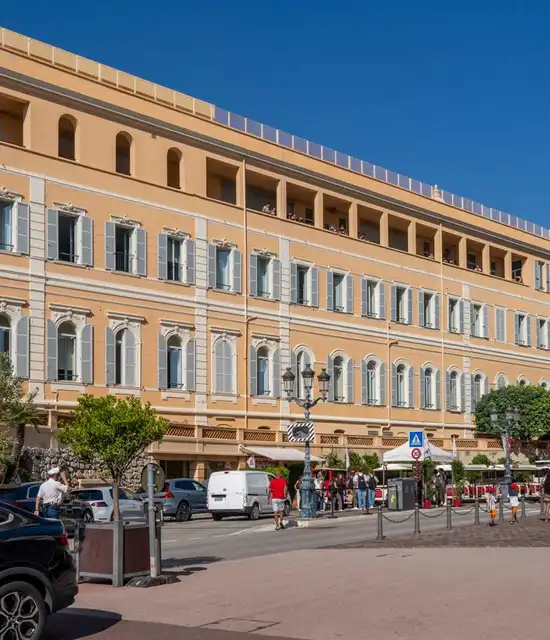
Monaco-Ville through art…
The streets of the Rock, like the Principality as a whole, are brimming with works of art and curiosities. Statues of Prince Albert I, an experimental submarine that looks like the Beatles' Yellow Submarine, Anna Chromy's Cloak of Conscience... Regular visitors to Monaco will even recognise a statue near the Pavillon Bosio that once stood in the Place du Casino!
Just behind the museum building are the former abattoirs, now occupied by the Pêcheurs car park and the prison. The roof of the underground car park features a terrace overlooking the Mediterranean, a skatepark, a small football pitch and a summer cinema.
TO DO: Attending a Monaco Open Air Cinema screening is an exceptional experience. From mid-June to mid-September, a giant 200 sq.m screen shows a new film every evening in the open air. Comfortable armchairs and a panoramic view of the Rock and the Mediterranean make this a unique experience!
Here we are, almost at the end of the district's territory, with the new dyke that "offers a really great place to swim", Guillaume Rose tells us.
WHAT TO SEE: At the end of the Rock stands Fort Antoine. Now a must-see photo spot, "it was above all the fort that once defended the Principality of Monaco". Its small amphitheatre facing the sea now hosts open-air shows.
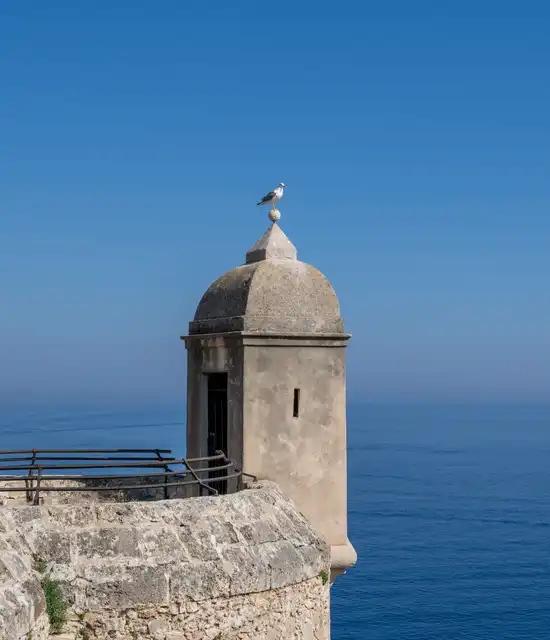
The next stop is the National Council building, followed by the Pavillon Bosio, home to the School of Plastic Arts of the City of Monaco. Nestled just behind, on the inside of the Porte Neuve bend, lies one of the Principality's gems: the Club bouliste du Rocher. Here, you can play pétanque on an extraordinary pitch (as is often the case in Monaco) overlooking Port Hercule. But above all, the club remains a sports association, with its own events and moments of conviviality. "It's the village spirit of the Rock," sums up Guillaume Rose.
"Monaco is a nation, but here it's a village."
Then we walk up the Avenue des Pins, past the Ministry of State, the Ministries of Foreign Affairs, Finance and the Interior... We are at the heart of Monaco's institutions.
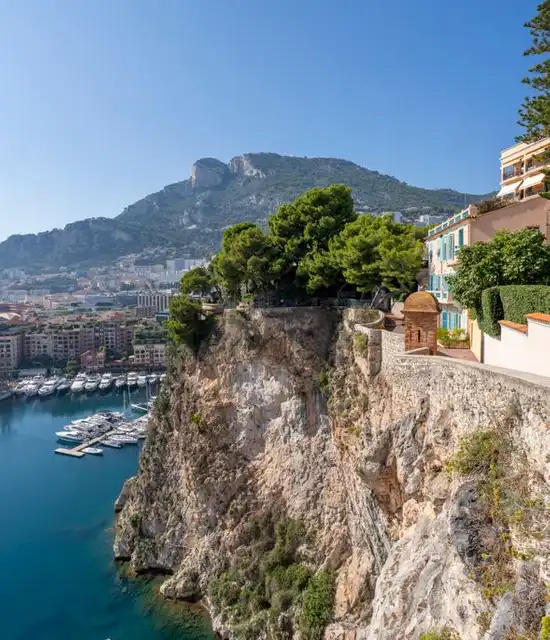
Through the narrow streets of Monaco-Ville…
A few steps further and we find ourselves in a completely different atmosphere, on Rue Princesse Marie de Lorraine. We join the small shopping streets of the Rock. A chance to discover the Princess Grace Library, then stroll through the typical passages of the Rock.
WHAT TO SEE: Rue Basse is home to "Monaco's most important archaeological find", yet it is largely unknown to the general public. In the middle of the passage, an engraving on a stone door lintel reads: "1548 a 15 di Marzo Piero Carbonero. Todas la cosas del mondo passan presto su memoria sinon la fama i la gloria" These few words in ancient Spanish are the only reminder of the Spanish occupation of Monaco between 1524 and 1641. It's also a message of humility, reminding us that all things are destined to come to an end, and that only glory and fame will survive us.
We walk up Rue Basse, past La Montgolfière, which our host describes as "the guardian of Monaco's gastronomic temple", with its original cuisine combining Asian and Mediterranean influences.
And let's not forget the Castelroc, a veritable ode to Mediterranean gastronomy, with its undeniable charm and refined cuisine. Nestled in an elegant and historic setting, the Castelroc offers a unique culinary experience, with a breathtaking view of Monaco's Prince's Palace.
We part under the city gate, which opens onto the Place du Palais. This brings us to the end of our visit to a truly surprising district, unique in its kind, between the hypercentre of Monegasque power, nature and an abundance of culture.
- Discover the Monte-Carlo district, the luxury and glamour district at the beating heart of the Principality.
- Discover the Condamine district, the shopping district par excellence, at the foot of the Rock and close to Port Hercule.
Immerse yourself in the essence of Monaco's neighbourhoods
You might also like…
Monte-Carlo Cigar Club
Dominique London, a leading light in the luxury cigar world, is teaming up with Monte-Carlo Société des Bains de Mer
to open the Monte-Carlo Cigar Club in 2025. This exclusive new venue promises to be an icon in the making.
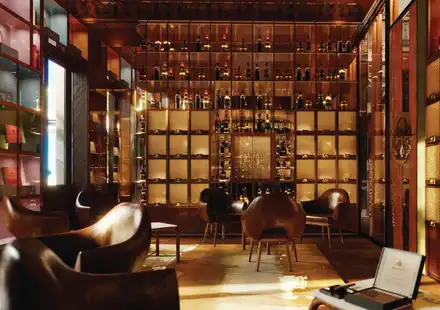
Monaco Basket Association
Monte-Carlo Société des Bains supports the players in the women’s MBA, helping them to move up
the divisions of women’s basketball and represent Monaco on the international stage.
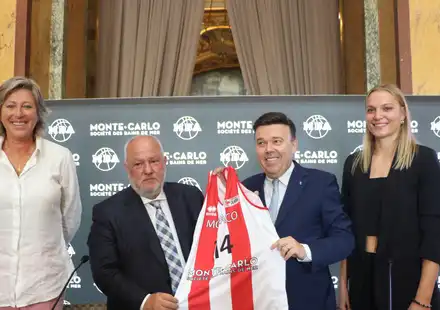
Tales of villas in Monaco
We take a look at some of Monaco's most beautiful villas and the stories they tell about the Principality's history.
